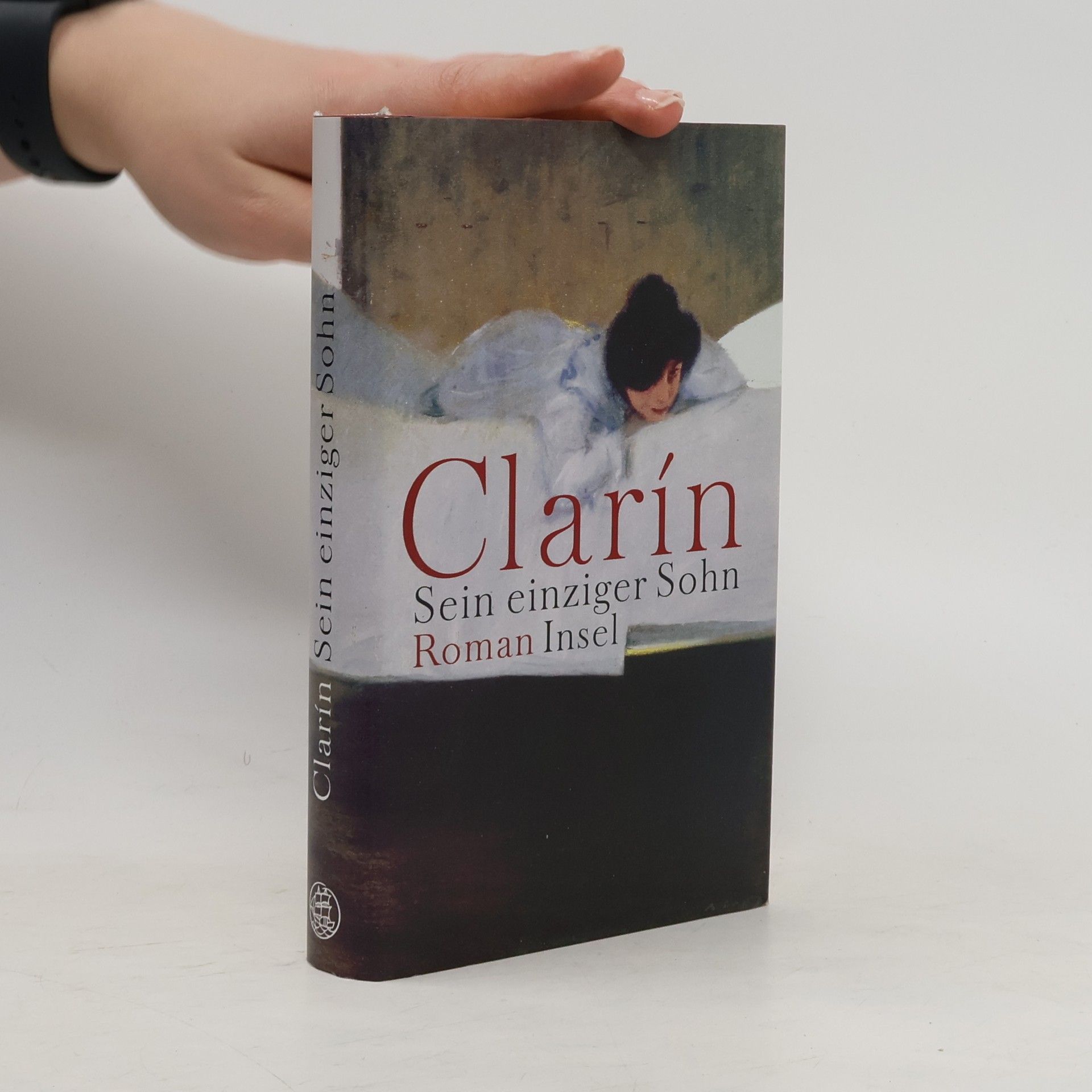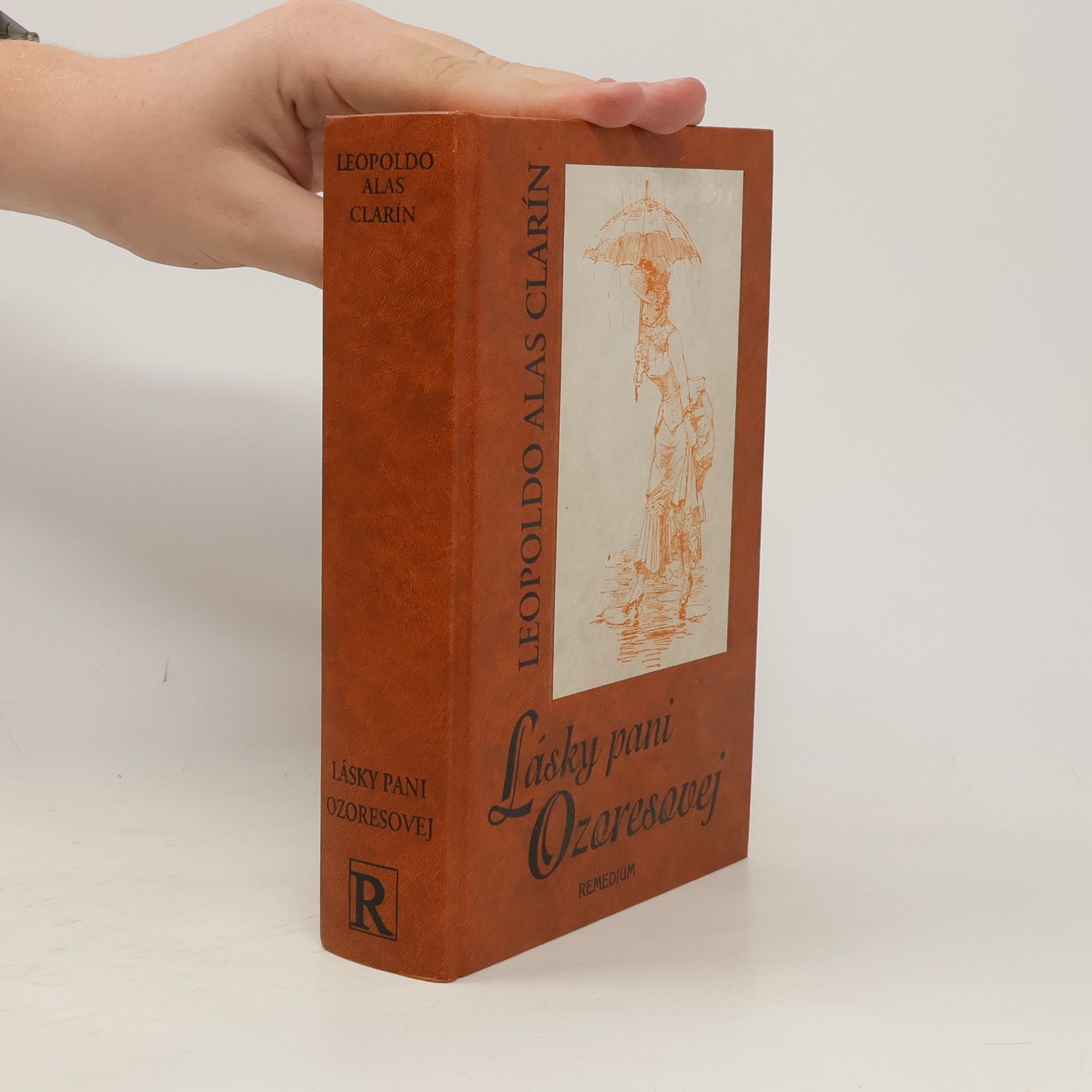La colección de Clarín, escrita por Leopoldo Alas, es una obra fundamental del siglo XIX español que incluye cuentos, ensayos y novelas cortas. Su estilo realista y su profunda exploración psicológica reflejan la sociedad de la época, ideal para quienes aprecian la crítica social y la literatura de este período.
Leopoldo Alas y Ureña Book order
Leopoldo García-Alas, known by his pen name Clarín, was a towering figure of Spanish realism. His novels delve into the complexities of provincial life and collective psychology, employing sophisticated narrative techniques such as internal monologue and free indirect style to immerse readers in his characters' intimacy. Influenced by Naturalism and Krausism, Clarín's work often explores profound themes of humanism and spiritual searching, making his writing a rich ground for diverse interpretations and solidifying his legacy as a master storyteller.

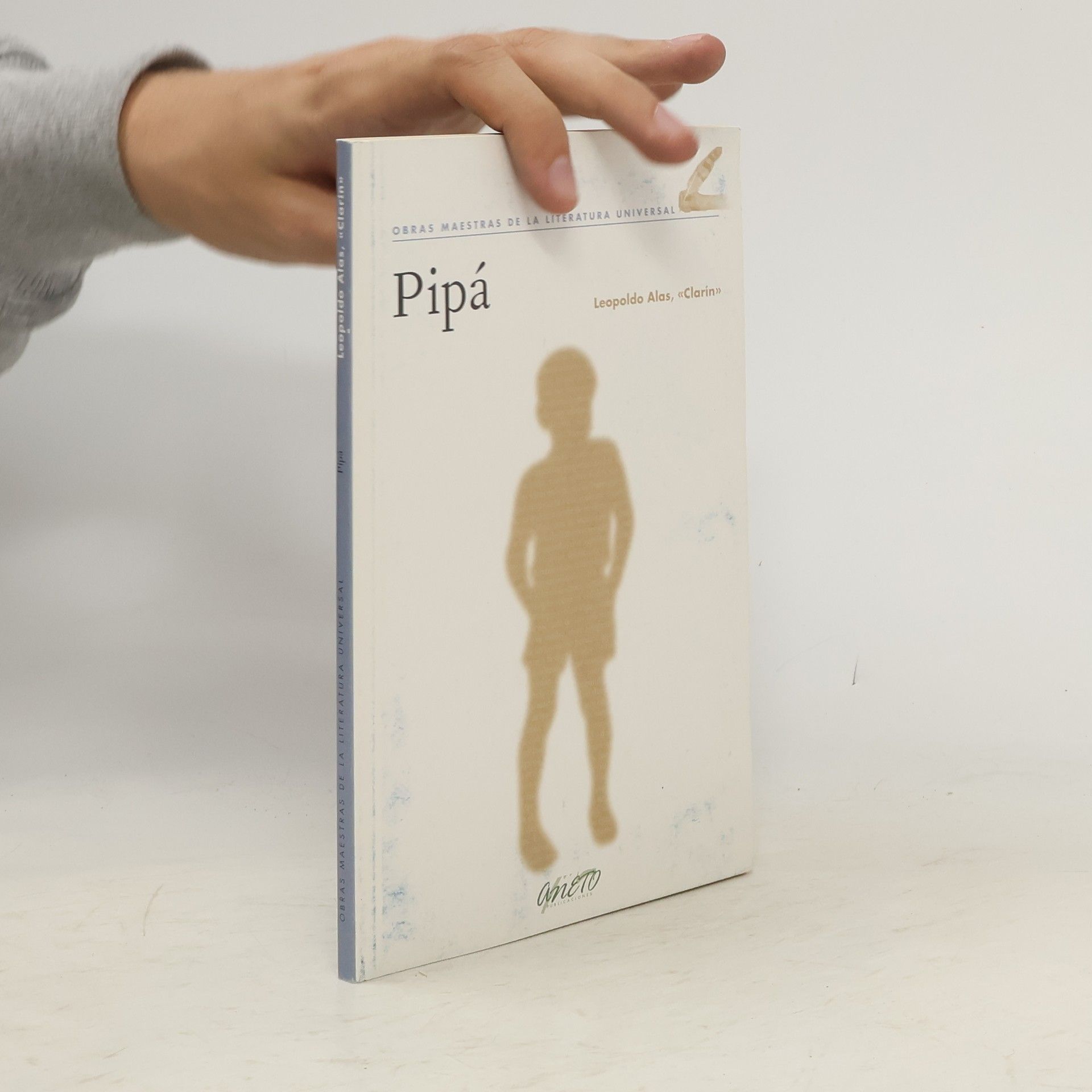
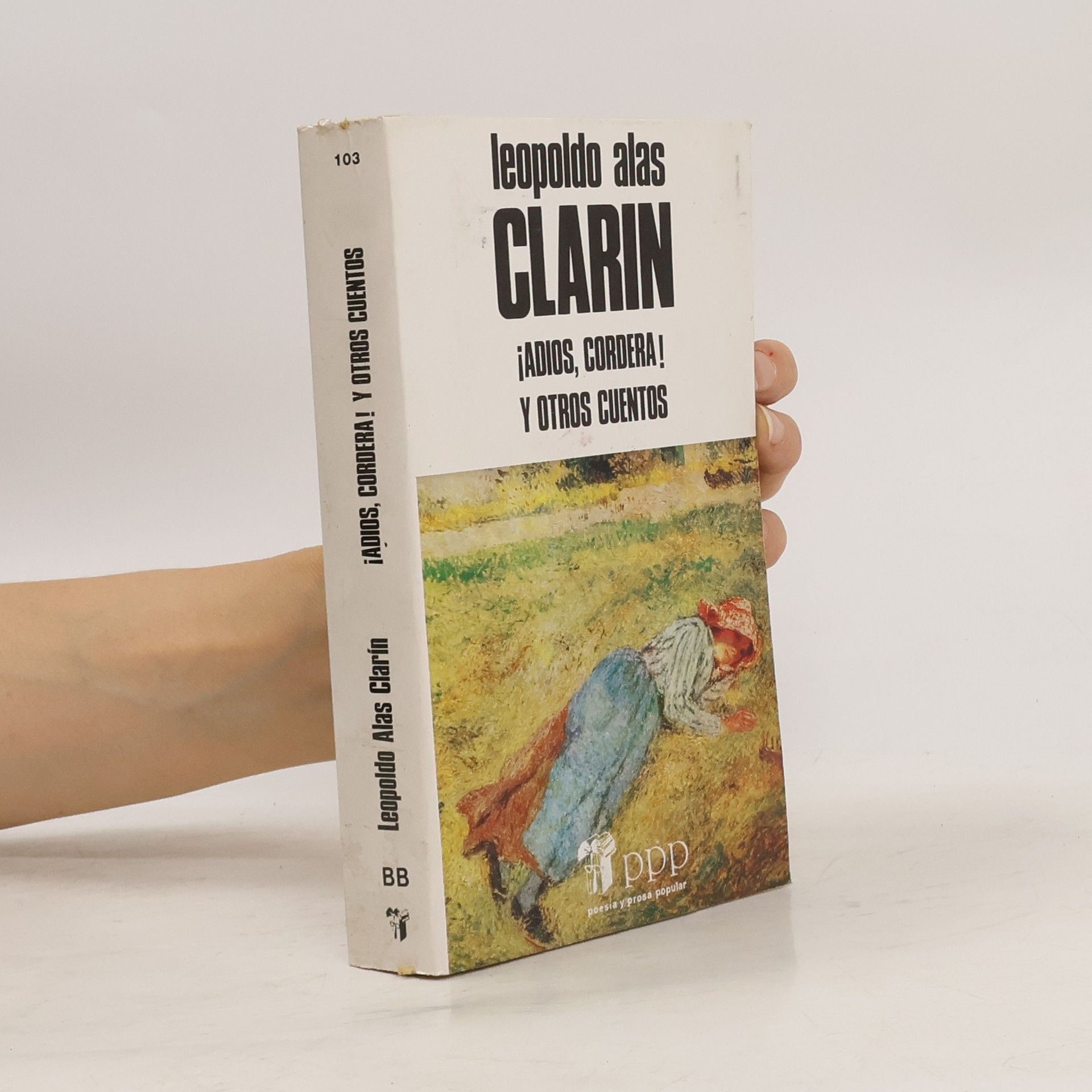
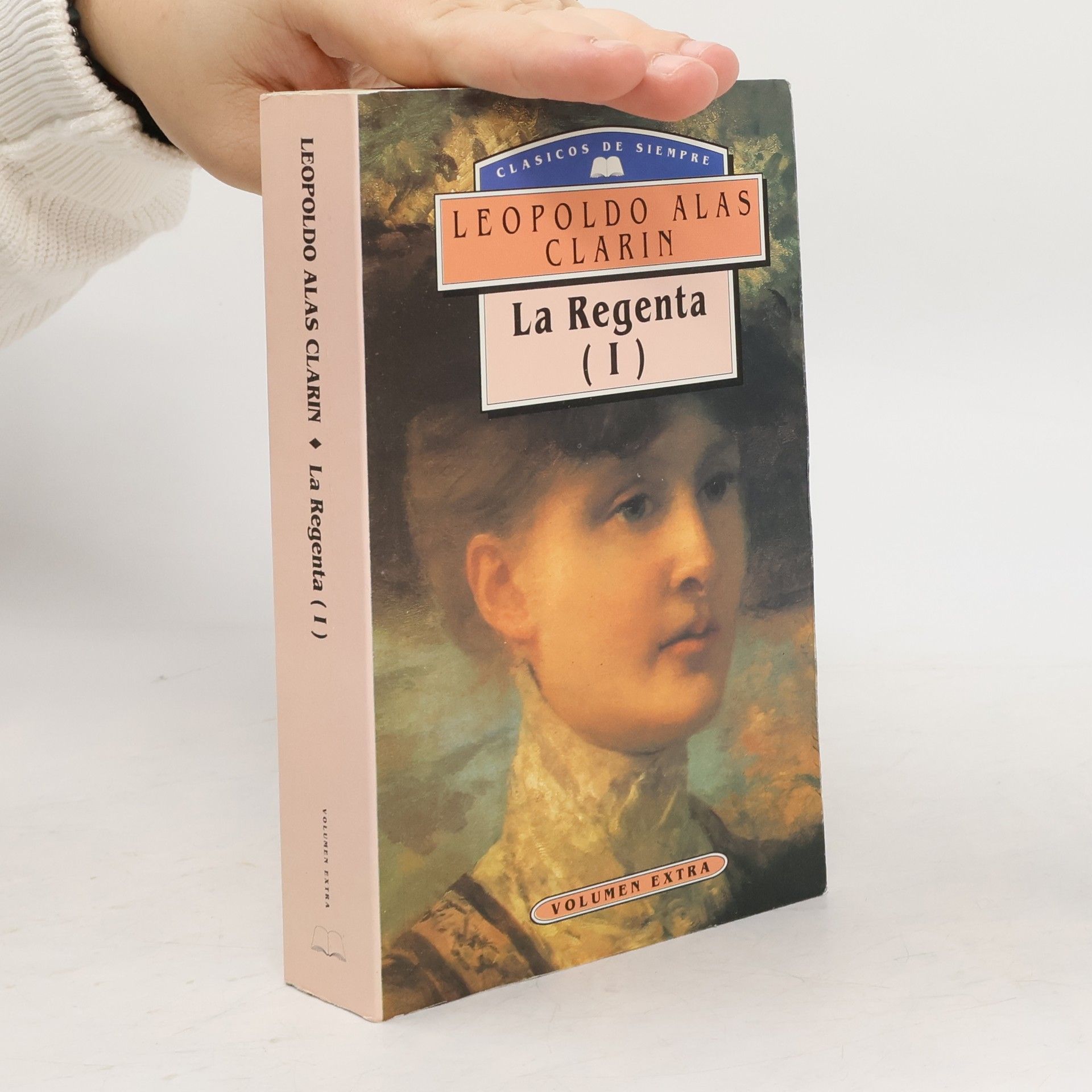



- 2024
- 2002
El Libro De Bolsillo - 5048: Doña Berta y otras narraciones
- 313 pages
- 11 hours of reading
En los numerosos cuentos y novelas cortas que publicó a partir de 1876, CLARIN (1852-1901) refleja experiencias relacionadas con los años que pasó enMadrid, contrapone lo intelectual y lo vital, proyecta su alma inquieta, insegura y hasta atormentada, y muestra una cervantina compasión por el ser humano que se pone de relieve en su atracción por los seres indefensos y fracasados que se hallan a merced de la implacable maquinaria social. Otros relatos, como «El diablo en Semana Santa», anticipan ambientes y personajes de "La Regenta» (l 5009).En la presente selección preparada por Leonardo Romero Tobar, que reúneDOÑA BERTA Y OTRAS NARRACIONES, se ha atendido preferentemente a relatos poemáticos y de marcado acento introspectivo, correspondientes a la etapa de madurez del escritor, cada uno de los cuales se acompaña de amplios comentarios y notas que ayudan a situarlos en su oportuno contexto.
- 2002
Sein einziger Sohn
- 308 pages
- 11 hours of reading
Leopoldo Alas, bekannt als Clarín, wurde 1852 in Zamora, Spanien, geboren und wuchs in León und Guadalajara auf. 1856 zog die Familie nach Oviedo, wo Clarín bis zu seinem Tod lebte. Er studierte von 1871 bis 1878 Jura in Madrid und schloss mit einer Doktorarbeit über Das Recht und die Moral ab. In Madrid begann er seine journalistische Karriere mit Literaturkritiken und politischen Artikeln; mit 23 Jahren veröffentlichte er seinen ersten Artikel unter dem Pseudonym „Clarín“. Er wurde zu einem gefürchteten Kritiker seiner Zeit, bekannt für seine scharfe Intelligenz und bissigen Kommentare. Durch seinen Doktorvater, den Pädagogen Francisco Giner de los Ríos, wurde er vom Krausismus beeinflusst, was seine Suche nach einem höheren Sinn der Existenz verstärkte. 1883 erhielt er den Lehrstuhl für Römisches Recht an der Universität Oviedo. Sein bekanntestes Werk, La Regenta, erschien 1885 und gilt als der beste spanische Roman des 19. Jahrhunderts, oft mit Flauberts Madame Bovary verglichen. Trotz anfänglicher Ablehnung aus konservativen Kreisen schrieb er nur einen weiteren Roman, Su único hijo, und verfasste etwa 60 Kurzgeschichten. Clarín starb 1901 im Alter von 49 Jahren. Elke Wehr, geboren 1946 in Bautzen und verstorben 2008 in Berlin, war eine bedeutende Übersetzerin spanischer und lateinamerikanischer Prosa ins Deutsche.
- 2001
Regentka
- 799 pages
- 28 hours of reading
Mladá, krásná a počestná Ana Ozoresová se v manželství se starým soudcem cítí zklamána ve svých erotických a mateřských touhách a hledá naplnění svého života v jiném vztahu. Děj příběhu se odehrává od října 1875 do října 1978 ve společnosti hlavního města provincie Vetusty. Drama je zasazeno do prostředí španělské šlechty atakované již novou buržoazně orientovanou aristokracií.
- 1999
Lásky pani Ozoresovej
- 608 pages
- 22 hours of reading
Ústrednou témou prvého slovenského prekladu románu významného predstaviteľa španielskeho realizmu 19. storočia je cudzoložstvo. Protagonistkou je krásna Anna Ozoresová, dcéra schudobneného šľachtica a talianskej modistky, ktorá zanechá štvorročnú dcérku. Autor situoval dej do Staromesta (v skutočnosti hlavného mesta astúrskej provincie Ovieda). Po nevinnom priateľstve s rybárskym chlapcom Annu nespravodlivo podozrievajú zo skazenosti. Dospievajúca hrdinka prežíva krízu, ale márne hľadá útechu v čítaní náboženskej literatúry a v pohrúžení sa do náboženskej mystiky. Preložil Vladimír Oleríny.
- 1998
El Senor Y Lo Demas Son Cuentos
- 274 pages
- 10 hours of reading
"El señor y lo demás, son cuentos" es la primera colección de cuentos de Leopoldo Alas, Clarín. El primer relato, "El Señor", cuyo título aparece, por voluntad del autor, destacado de los demás, es en realidad una novela corta intensamente lírica, y representa el ideal de un amor puro sublimado desde la atracción de la carne. Junto a él aparecen otro cuentos inolvidables: "¡Adiós, "Cordera"!", "Cambio de luz", "Un viejo verde" y la leyenda "La rosa de oro". Se añaden otros satírico-humorísticos y el conjunto compone un retablo de ejemplos del vivir, iluminados por la fe y el amor o por la preocupación social. Índice: -El Señor -¡Adiós, "Cordera"! -Cambio de luz -El centauro -Rivales -Protesto -La yernocracia -Un viejo verde -Cuento futuro -Un jornalero -Benedictino -La ronca -La rosa de oro


